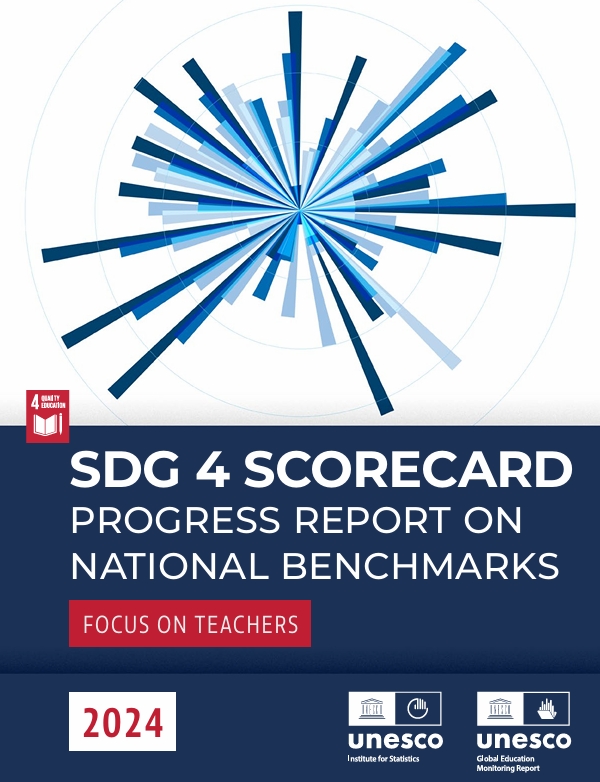contributed by Lila Daniels, 26 March, 2018, from TeachThought
Teachers think about a lot during the course of a school day — from planning lessons tied to the core curriculum to making sure Jimmy gets home on the right bus. One thing teachers often do not think about is saving themselves time, but they should.
You may feel like it’s just one more thing to add to your plate. In reality, figuring out more efficient ways of working means you have more time to devote to your students, more time to be creative, and more time to relax and recharge your batteries.
Here are 8 ways to save your valuable time so you don’t suffer from teacher burnout.
8 Ways For Teachers To Save Time In The Classroom
1. Go Paperless
Organized correctly, technology really can make your life easier. Learning management programs like Moodle (Moodle.org) and Blackboard (Blackboard.com) streamline your work by letting you assign, submit, discuss and grade student work online. They are secure and tested.
The major difference between the two is price. Blackboard is on the pricier side because it’s often adopted at an institutional or district level, and Moodle is free.
2. Blend The Learning
Learning management systems are a good way to employ a blended learning strategy—and there are many types of blended learning. You introduce topics (via video, tutorials, assignments and discussion boards) before class, allowing you to dive into greater depth and use your classroom for creative, constructive learning opportunities.
Search YouTube for dozens of videos on blended learning topics, including tutorials, discussions and real-life examples. Apps like Edmodo can also help you manage your blended learning endeavors.
3. Collaborate with other teacher online
Some teachers harness the power of lesson planning sites to save time. Use your PLN. Try Google Classroom.
4. Clear Your Desktop
We’re not talking about your actual, physical desktop. This tip is all about your laptop.
According to a survey by the Brother International Corporation, over half of us spend 30 minutes a week searching for stuff we can’t find on our computers. Organize your eLife to gain back that time.
Use a system that makes sense to you. Organize by topic, theme or time of year. Make clear folders for everything. The key to making this system work is using it. There are plenty of organizational apps available to help you get organized, but the highly rated TeacherKit app is worth a good look because it’s designed for teachers. It even includes an appealing interface that looks like a classroom.
5. Organize Your Room
A 2004 Public Agenda study titled “Teaching Interrupted” reported 75 percent of classroom teachers felt they lost time teaching and their teaching was less effective because of disruptive behavior. Did you know that an organized room can actually help with disruptive behaviors in your class?
Minimizing distractions and creating clear, simple-to-follow systems can reign in unruly behavior. Caroline A. Guardino and Elizabeth Fullerton offer excellent suggestions for organizing your classroom, and just doing a search on Pinterest.com for ‘classroom organization’ yields dozens of inspirational ideas.
6. Organize Your Desk
Not all solutions are technology based. Brother International says two-thirds of us spend at least a half an hour each week looking for lost items not on our computers. Letting things pile up on your desk is a sure-fire way to lose things you’ll need. Here are a few tips to clear the clutter from your physical desktop.
-
Use an inbox/outbox system for daily things that arrive on your desk — notes from home, permission slips, whatever.
-
Use well-labeled bins or shelves for regular submissions — a tray for turning in homework packets and a tray for completed math assignments, for example. Teach your students how to use the system, and you’ll spend a lot less time sorting through stacks of papers.
-
When something comes in, put it right away. Don’t let things pile up.
-
If you don’t already have one, get a filing cabinet — a big one. Get lots of hanging and manilla folders. Label them well. Your physical file organization can mirror that of your electronic files.
-
Store away larger artifacts or older materials that you aren’t using now but many need again in the future. Empty copier paper boxes work well.
7. Automate & Bundle
There are things you will use year after year — make them as automatic as possible. Also, bundle tasks that are alike. Block out a time — at the beginning of the month or a new unit — to take care of all the small things, like changing due dates on assignments you use year after year, all at once.
8. Delegate
Don’t try to do it all. Being a martyr only leads to burnout. Use your aides, paras, and even parents to lighten your load. Don’t do something for your students that they can do for themselves. Empower your kids to take on the tasks that take up your time. Even younger students can help with organizing lesson materials and filing things away. Kids love to organize.
Teaching Time
Not many, if any, teacher training programs teach time management skills. We often think time management as the bailiwick of the business world. Don’t let that stop you.
If it helps, think of yourself as the CEO of your learning enterprise. Scour your classroom for opportunities to create more efficient systems and cut down on wasted time.
Lila Daniels is a freelance writer living in Vermont. She previously worked in higher education publishing and as a high school art teacher. Lila has a degree in Fine Art as well as a Master of Arts in Teaching. She contributes to several websites, including OnlineSchools.com; 8 Ways For Teachers To Save Time In The Classroom; image attribution deviant art user kahil






